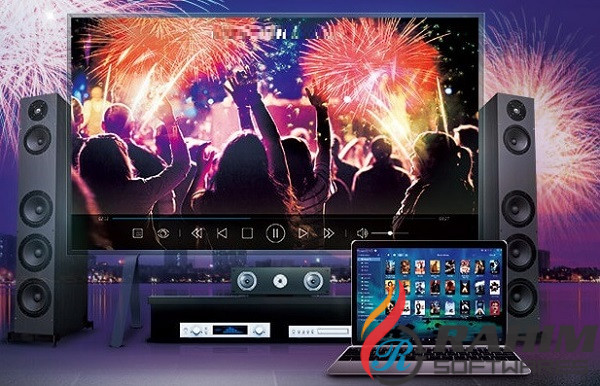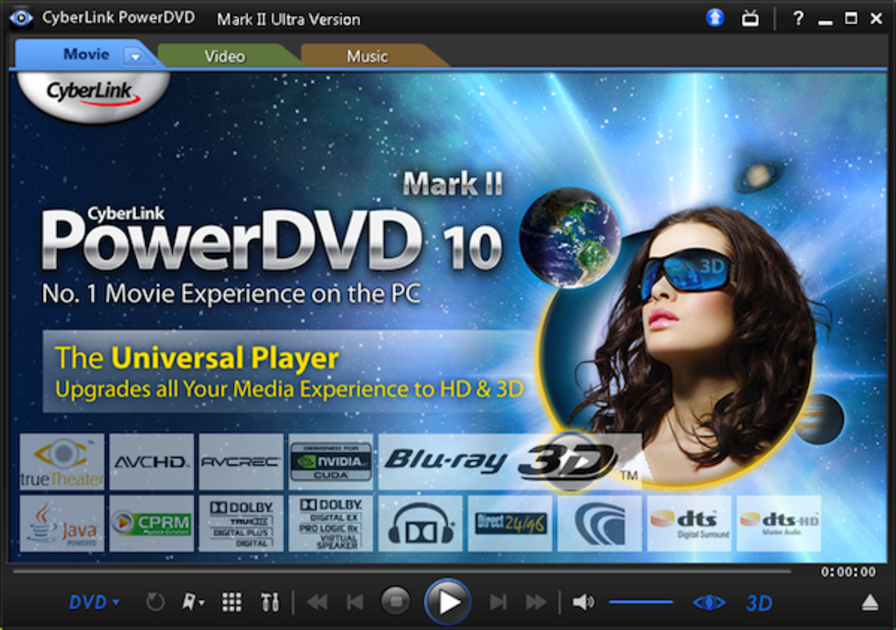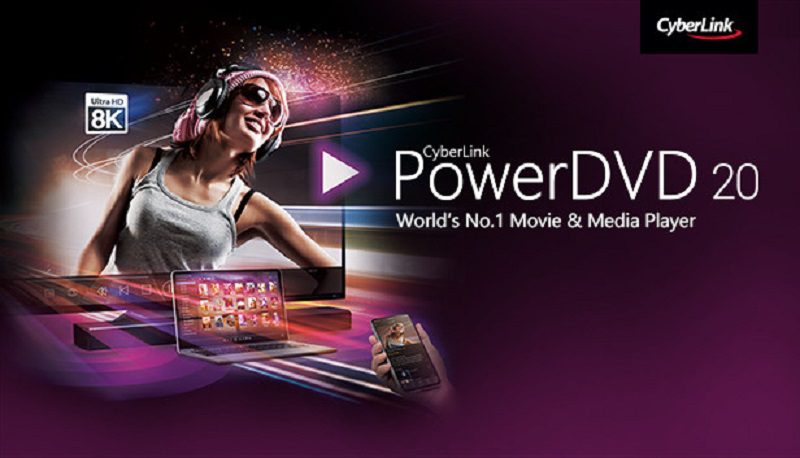
The mere existence of mobile apps, by the way, is a big differentiator between PowerDVD and the Corel and Microsoft software, which lack remote control (or viewing) apps. When using TV Mode, you can't use the mouse for playback controls-only the keyboard, an on-screen remote, or the Cyberlink's remote mobile app. This view made playing a Blu-ray much easier than PC Mode in testing. As you'd expect, the TV layout features much larger buttons, and they're in a horizontal menu instead of the PC version's vertical layout. You can customize the menus so that only options you use frequently are displayed, and you can use wallpapers to gussy them up.

There are sections for added media, CyberLink Cloud-stored media, local folders, playlists, online video (from YouTube and Vimeo), and devices (including DLNA-connected devices and attached storage).

If you prefer one app to rule all your media, as opposed to using Windows 10's separate Movies & TV, Photos, and Groove Music apps, then PowerDVD will appeal to you. And those are all accessible from a left panel in the PC interface. In addition to being a player of disc-based video, PowerDVD handles all your media, including locally and remotely stored music, photos, and videos. You can set it to always go to one or the other if you prefer, and you can switch to the one you're not using at any time. PowerDVD's starting splash screen offers just two big option buttons: PC Mode and TV Mode.

PowerDVD's UI is, however, more complicated than that of another important competitor, Microsoft's Movies & TV, which also plays your local video files and offers a movie and TV store-important because it's free and comes with every copy of Windows 10. PowerDVD's interface is more modern than that of its closest competitor, Corel WinDVD, which looks somewhat stuck in the past.


 0 kommentar(er)
0 kommentar(er)
